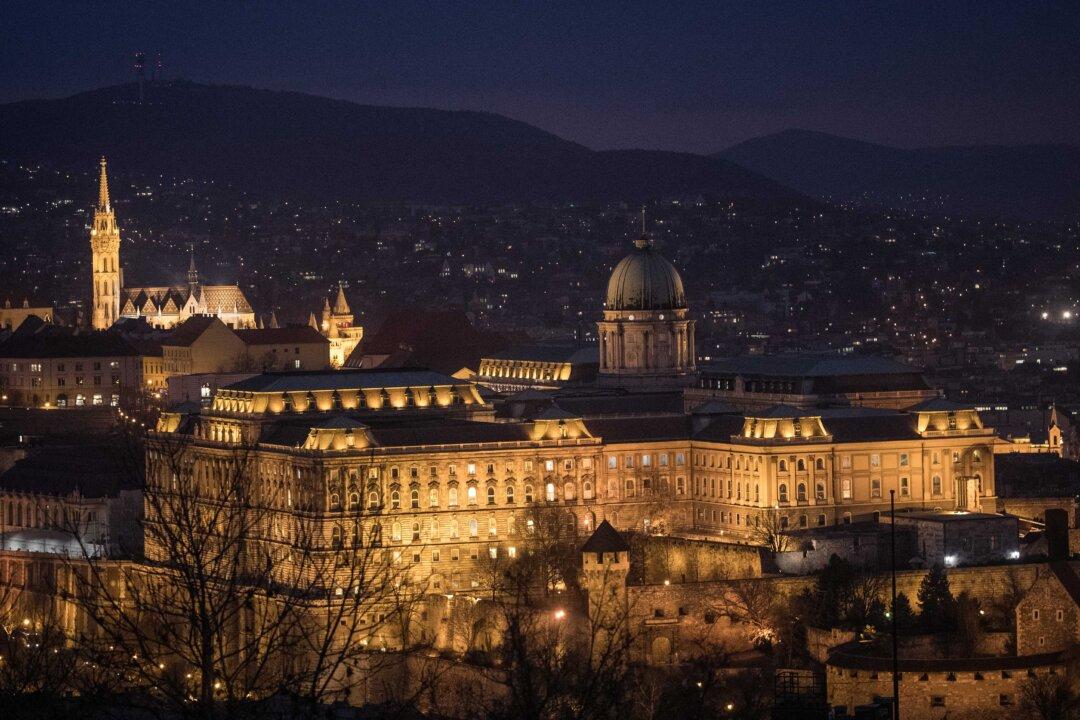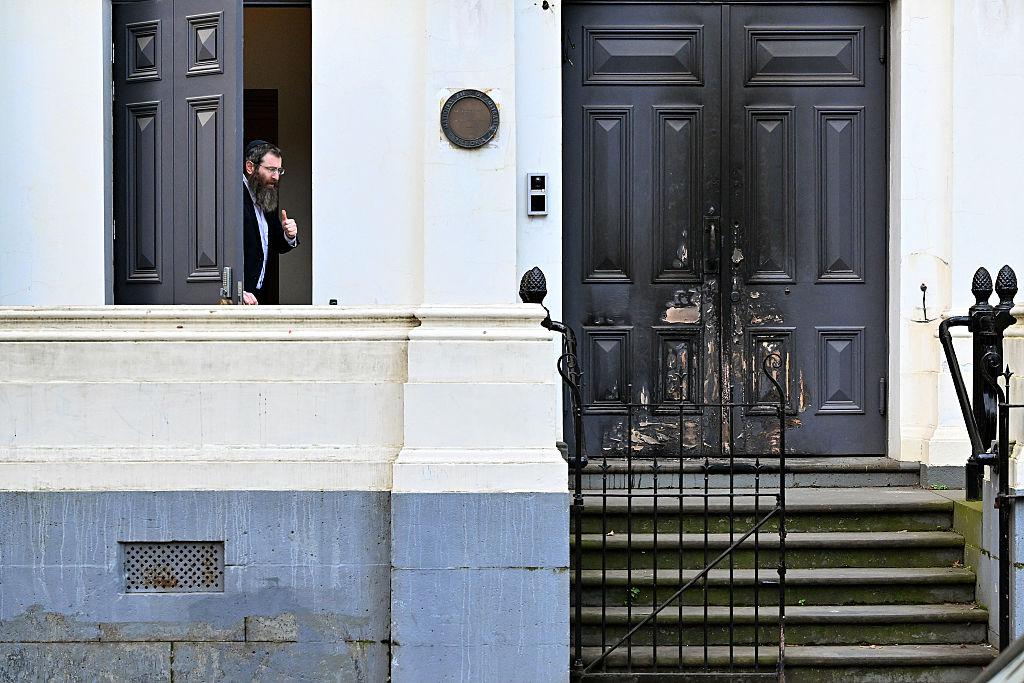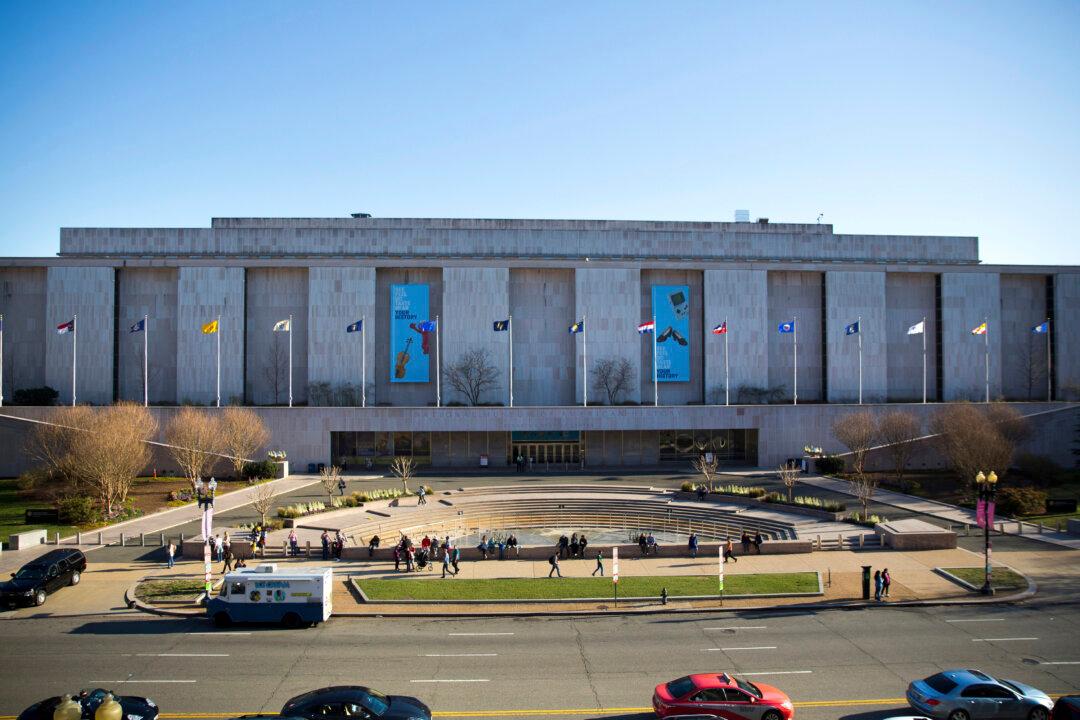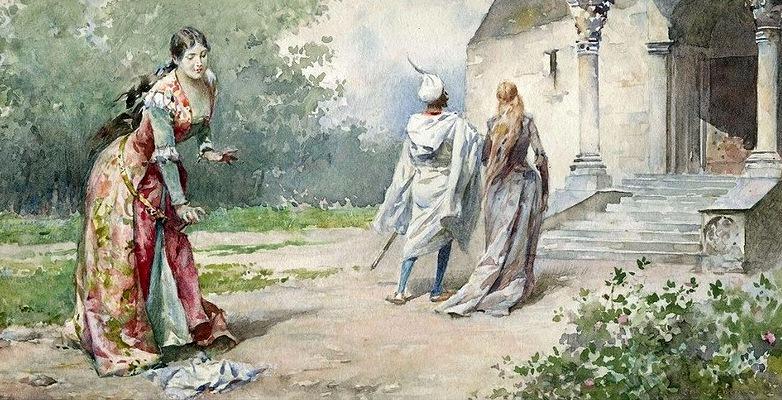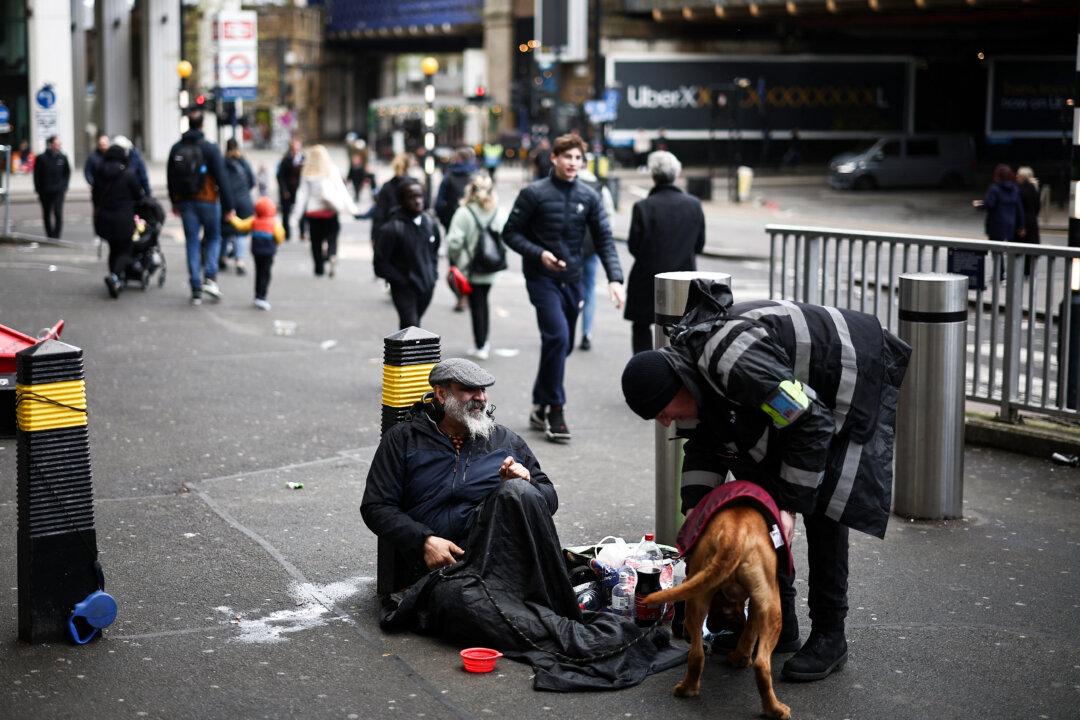Commentary
Pope Francis went recently to Hungary for a few hours to preach the eternal sacred truths of political correctness. Of course, these truths may change in time, indeed they are certain to do so, but their sacrosanctity will remain. After all, the sacred must move with the times.
